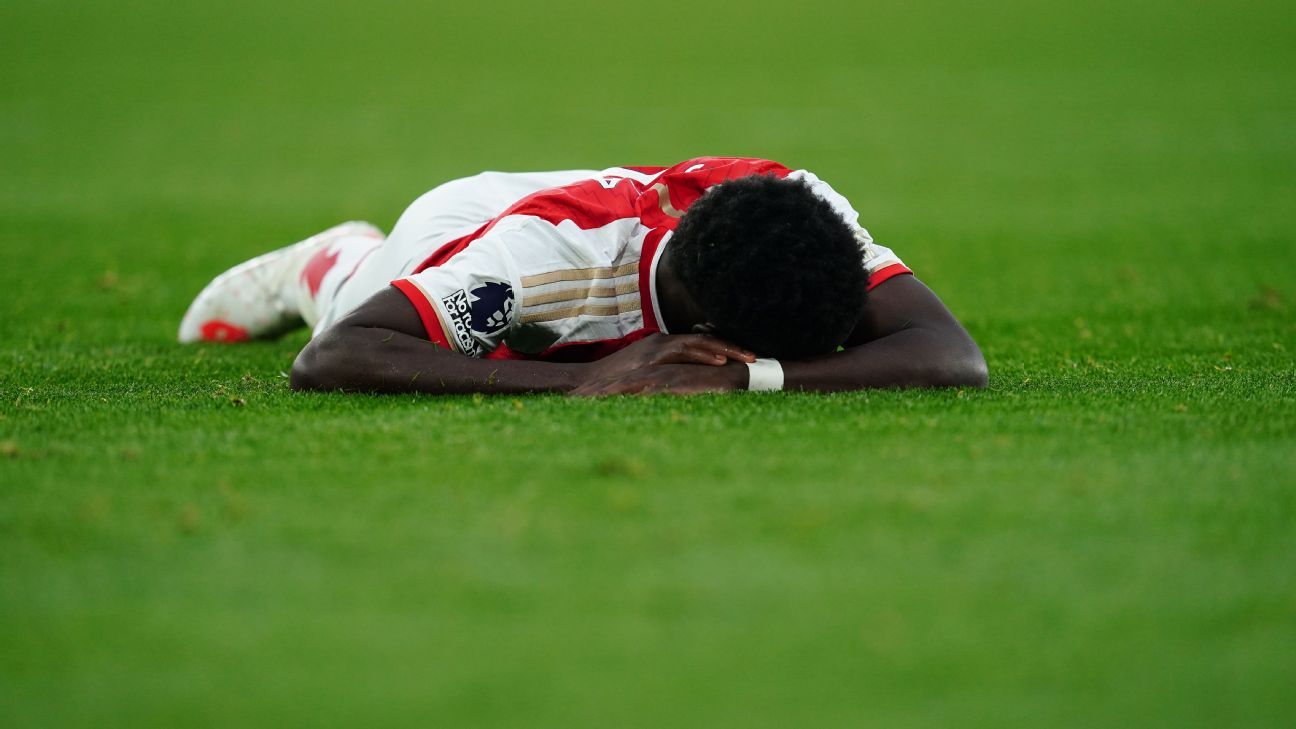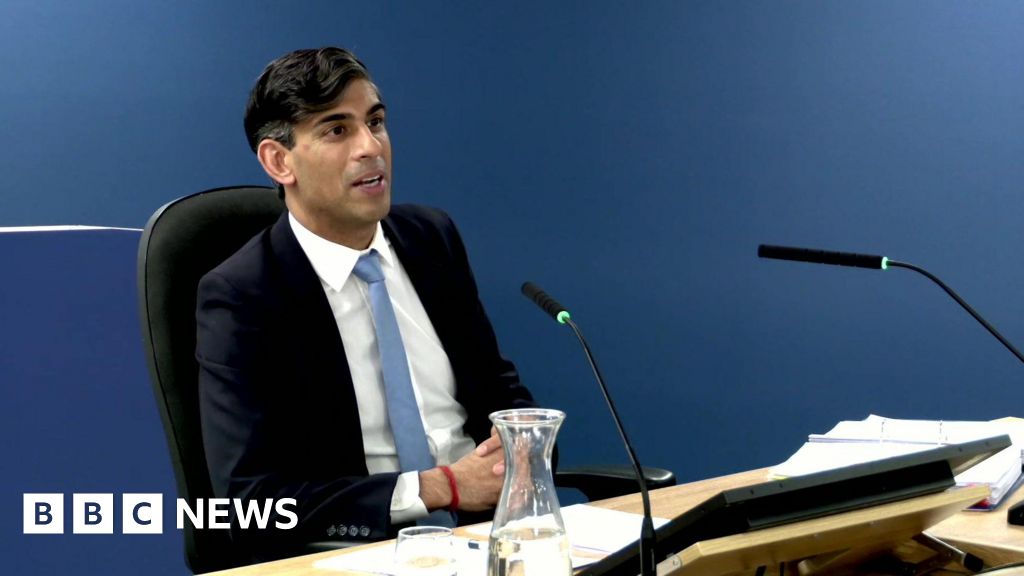
Could players really strike over football’s packed schedule?
- Sports
- September 21, 2024
- No Comment
- 115
Player frustration over playing too many games and not getting enough rest is building across football, but just how close is the sport to a player strike?
The issue of burnout has always been a significant topic in the game, but the expansion of UEFA’s club competitions and FIFA’s brand-new Club World Cup has put the matter at the top of the agenda.
In August, ESPN reported that this season will be the longest club campaign ever because the Club World Cup is scheduled to take place over a four-week period in the United States in June and July. Leading players had already spoken out, with Erling Haaland, Kylian Mbappé and Jude Bellingham raising concerns about football’s increasingly crowded fixture list.
This week, Manchester City midfielder Rodri became the first high-profile player to warn that footballers are ready to go on strike. Real Madrid goalkeeper Thibaut Courtois joined Rodri in talking about the possibility of players taking unprecedented action. Liverpool goalkeeper Alisson Becker, Barcelona’s Jules Koundé and Aston Villa’s John McGinn soon followed.
Managers such as Pep Guardiola, Mikel Arteta and Jurgen Klopp have also sounded alarm bells over exhaustion. And on Friday, Real Madrid coach Carlo Ancelotti said he believes players would be willing to take a pay cut if it meant playing fewer games.
While strike action has impacted American sports over the years with baseball, basketball and American football all experiencing strikes or lockouts, football has so far avoided such a drastic scenario.
Why are elite footballers now talking about strike action, and how likely is it to happen?
What is behind the threat of strike action?
Player workload has been a long-standing issue, with the biggest clubs often in competitions until the final stages and then jetting off for long-distance preseason tours in the United States or Asia. These trips can last for two or three weeks and involve several matches.
The top players also have to factor in international games, and the travel that involves during a season, plus major tournaments every two years. It’s very easy to play upward of 60 matches.
Despite the growing tension, football has just about been able to manage the situation. Players have been able to get at least the suggested level of rest — usually three to four weeks — in between seasons, while every second year would have a blank space on the international calendar for extended recuperation.
But the Club World Cup, which puts a monthlong, 32-team club competition into one of those summers of rest, could prove to be the final straw.
FIFA insists that the Club World Cup is only taking a slot in the calendar previously occupied by the Confederations Cup — a quadrennial international tournament staged by the upcoming World Cup hosts as a test event. That is a misnomer because the Confederations Cup involved only eight nations, lasted two weeks and did not feature anywhere near as many players who had been involved in the grueling European club season.
The Club World Cup, meanwhile, is a 63-match competition and the opening game is slated for June 15 — just 15 days after the 2025 Champions League final. In between, there are crucial World Cup qualifying fixtures, and the finals of the UEFA Nations League, to be played across the globe on June 4-10.
This comes on top of the extra two games in the expanded league phase of this season’s Champions League.
1:12
Ancelotti wants less games to reduce injuries
Real Madrid boss Carlo Ancelotti wants there to be a reduction in the amount of games played to protect players from injuries.
What steps are the players’ unions taking?
FIRPRO, the global body which represents over 65,000 footballers worldwide, and the players’ unions in England, France and Italy, submitted a legal claim against FIFA in June. It sought to challenge the legality of FIFA unilaterally setting the international match calendar and its decision to expand the Club World Cup.
FIFPRO said within its submission that “players and their unions have consistently highlighted the current football calendar as overloaded and unworkable,” adding that, “the new FIFA Club World Cup is seen by players and unions as representing a tipping point.”
In addition, FIFPRO said that “Player unions believe that such decisions by FIFA are in breach of the EU Charter of Fundamental Rights (CFREU), without any serious justification. Ultimately, player unions believe the aim of this new competition is to increase the wealth and power of football’s global governing body, with no proper regard for the impact on the players involved or on other stakeholders within professional football.”
The European Leagues, which represent 39 professional leagues in 33 countries in Europe, joined the FIFPRO legal action in July, but FIFA responded with accusations of “hypocrisy.”
In a statement, FIFA said: “Some leagues in Europe — themselves competition organisers and regulators — are acting with commercial self-interest, hypocrisy, and without consideration to everyone else in the world. Those leagues apparently prefer a calendar filled with friendlies and summer tours, often involving extensive global travel. By contrast, FIFA must protect the overall interests of world football, including the protection of players, everywhere and at all levels of the game.”
What do the players want?
Maheta Molango, the CEO of England’s Professional Footballers’ Association (PFA), told ESPN in August that he could “absolutely not” discount industrial action by players if their concerns were not addressed. Molango reiterated to ESPN this week that FIFA must “sit up and take notice.”
Football would, obviously, grind to a halt without footballers, so the players are in a powerful position to drive change — if they have the stomach to force it through.
FIFPRO and the players’ unions want limits placed on the number of games that players can play in a season. Molango suggested to ESPN a figure between 50-60, plus a restriction of no more than six occasions when a player can player two matches within four days. The unions also want a summer break of three to four weeks to be mandatory, rather than advisory.
“Players are talking about it everywhere: at press conferences ahead of the Champions League, ahead of the Nations League. It’s clear to see something has shifted,” Alexander Bielefeld, FIFPRO’s director of global policy and strategic relations for men’s football, told a panel at the World Football Summit this week.
“Player unions have been working on this issue for more than five years. We have raised and communicated the players’ concerns on this to FIFA. When unions in countries like England, France, Italy and other markets visit the players every preseason and talk to the national team players, the No. 1 concern is workload.
“The players need protected rest periods and a limit on matches so they can perform at their peak and protect their careers. It’s as simple as that.”
Club owners, who benefit from the increased financial uplift of more games in high-profile tournaments, have so far remained silent on the concerns of players.
1:55
Slot and Alisson’s views on fixture congestion in football calendar
Arne Slot and Alisson give their thoughts on the new UEFA Champions League format and the fixture congestion in the football calendar.
Is strike action really feasible?
Here is the reality check: There are lots of hypotheticals, but at this stage, a strike is not on the agenda and would be difficult for the players to get over the line.
Sources have told ESPN that the focus of FIFPRO and the players’ unions at this stage remains the legal action against FIFA, so their energies are being directed towards that. If that action succeeds — there is no firm timescale for a resolution — a player strike is unlikely as FIFA would effectively be forced to shelve, amend or reschedule the Club World Cup.
Even if the PFA were to ballot its 5,000 members, selling a strike to those players outside of the top clubs who are not directly affected would not be straightforward.
Player unions represent players at all levels of the game, so could they be certain of commanding a majority in favor? Persuading a critical mass to show solidarity with the highest-paid players would take time and lots of persuasion, hence the prioritizing of the legal case against FIFA.
For instance, would an EFL League Two squad player at Accrington Stanley or Newport County earning around £500 a week with a mortgage to pay and a family to support be prepared to withdraw their services, and lose their pay, to support multimillionaires at the top level in their battle against too many games?
How is this all going to play out?
That’s the big question, but much will depend on the FIFPRO case against FIFA. That’s the next significant stagepost.
Players and coaches will continue to raise their concerns, but unless their bosses — the club owners — accept their argument and join forces in telling FIFA that the game is over-heating, nothing is likely to change anytime soon.
A players’ strike is a distant prospect right now, but every additional soundbite from leading players will serve to keep the issue in the public domain. The reality, however, is that it will be decided behind closed doors. If the legal case goes in FIFA’s favor, a players’ strike could become a much greater possibility.
#players #strike #footballs #packed #schedule









